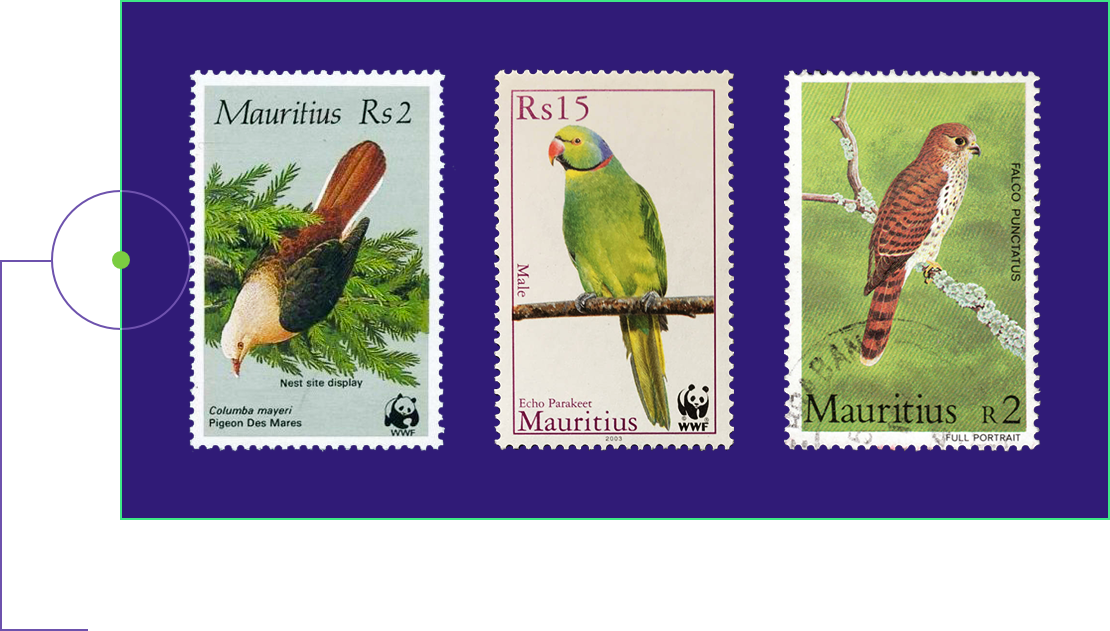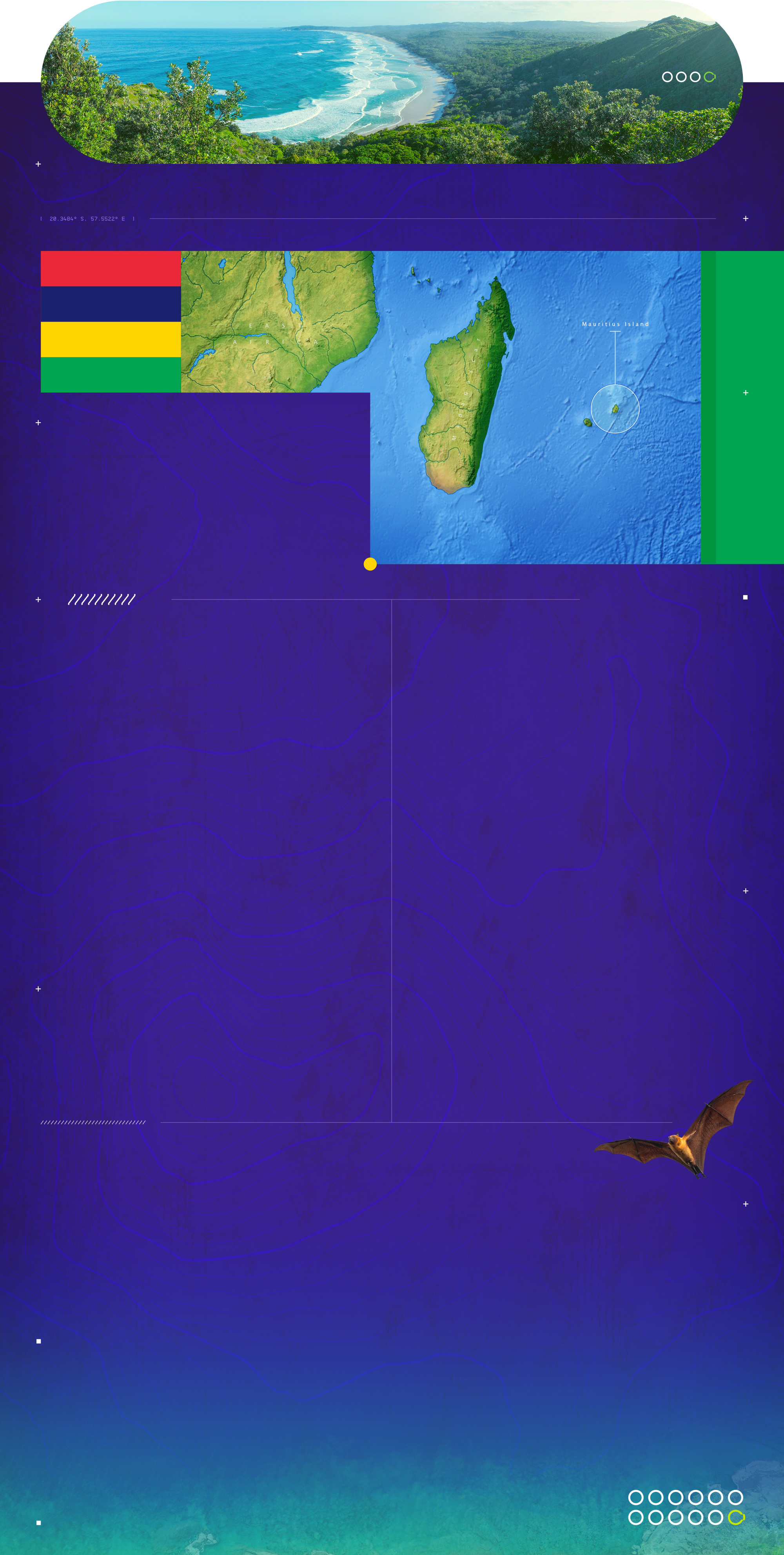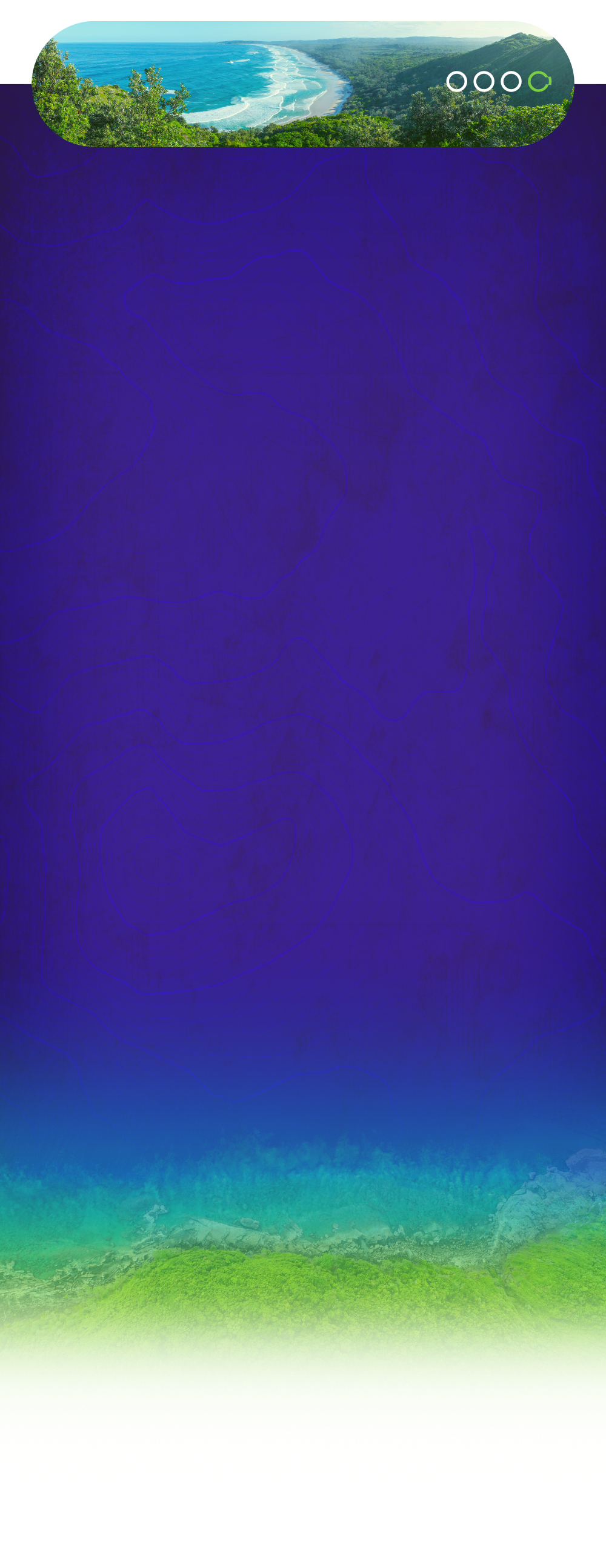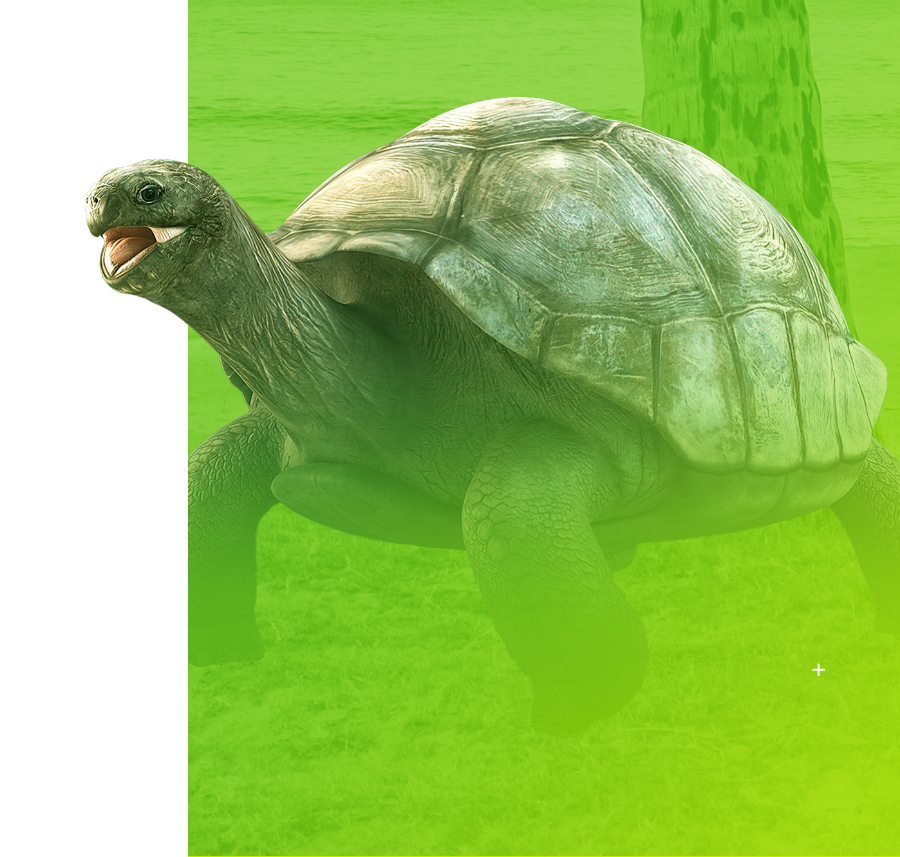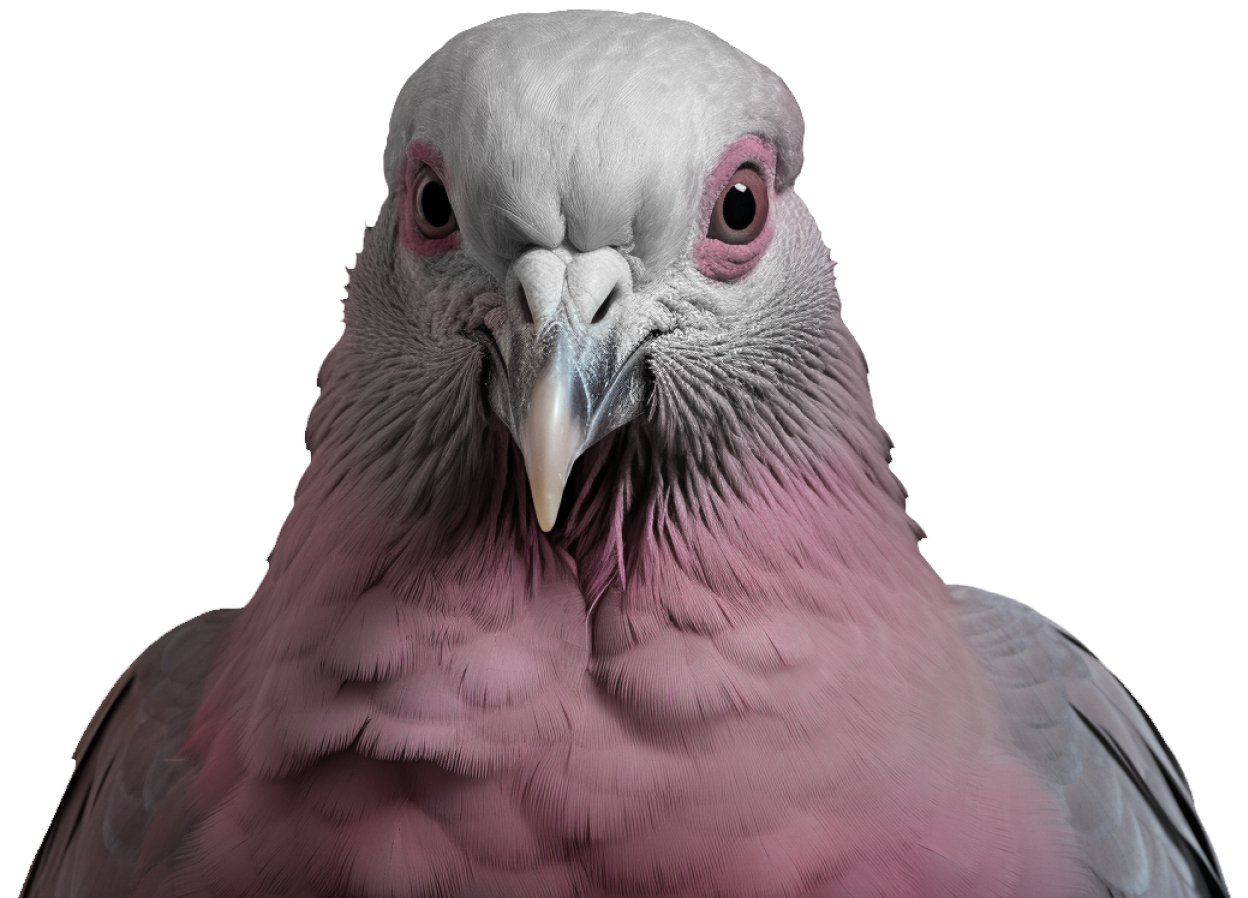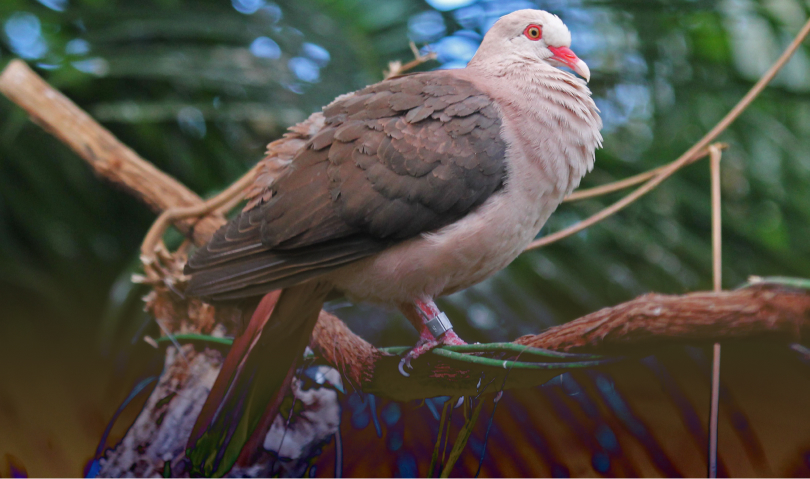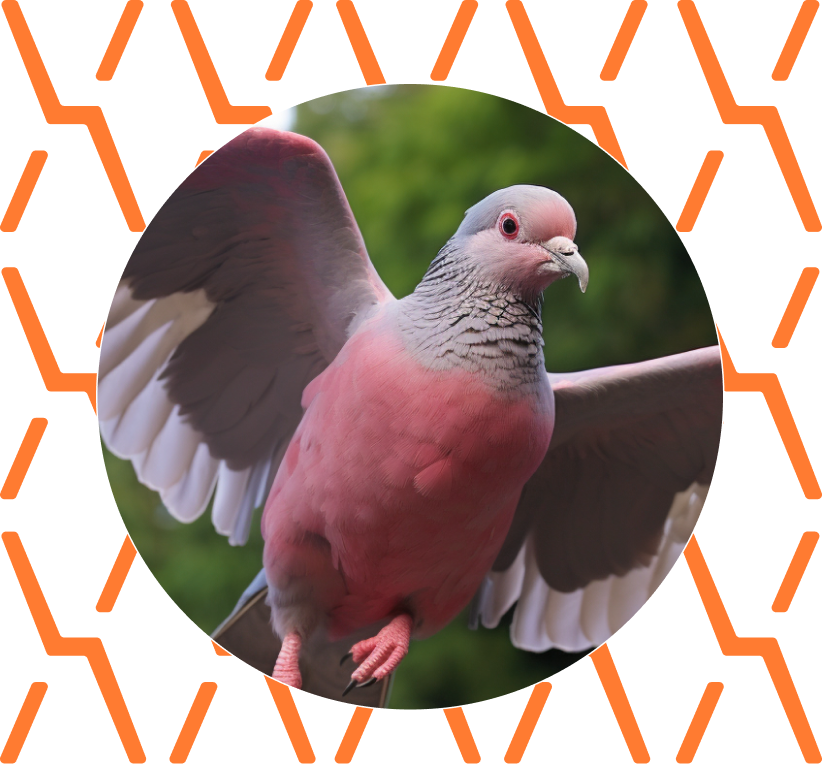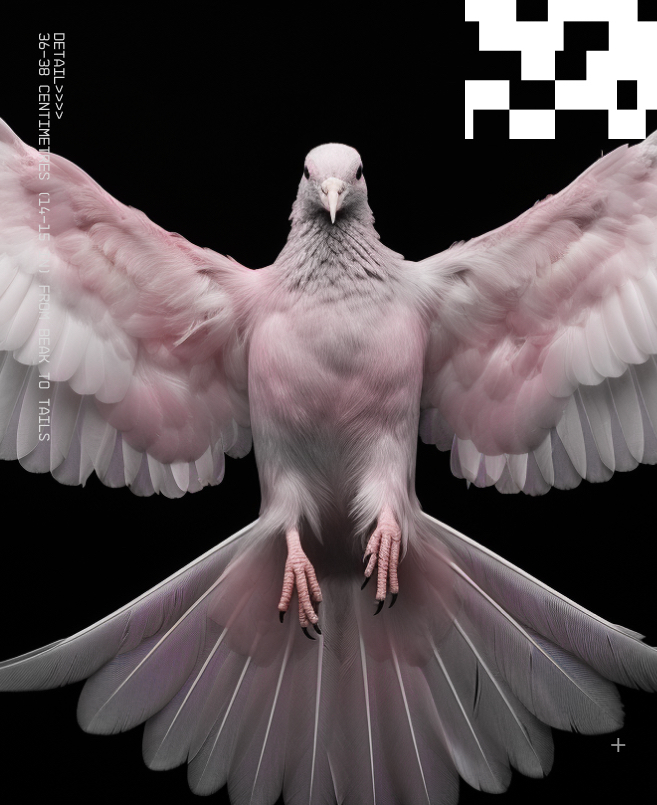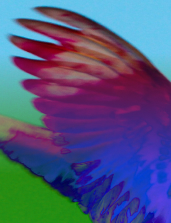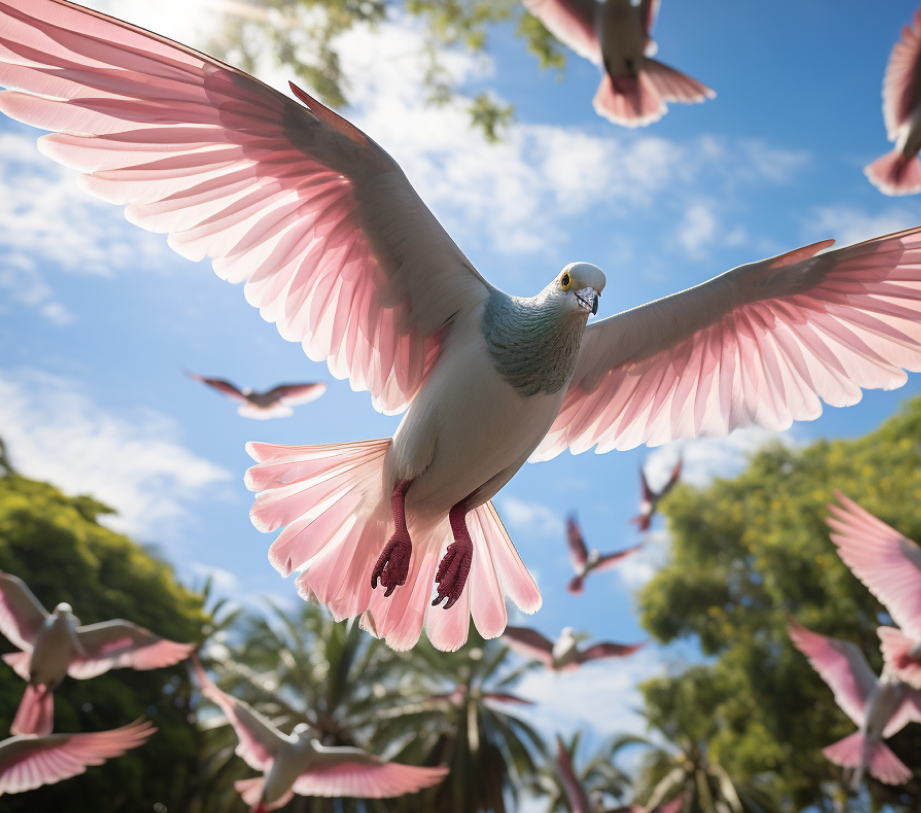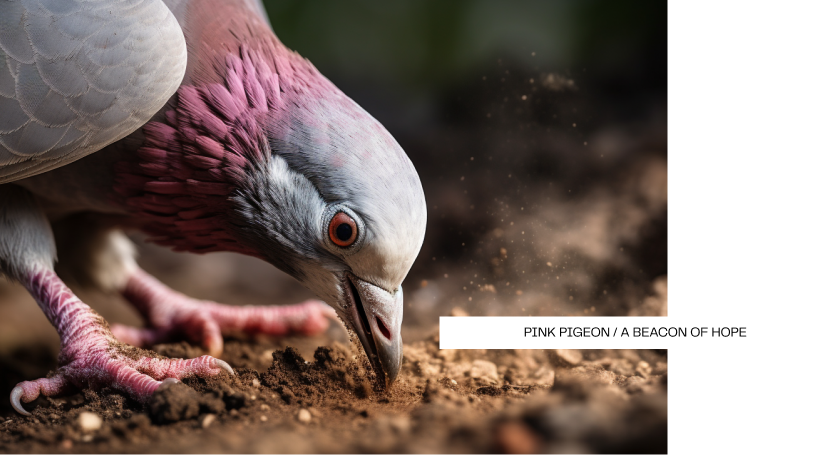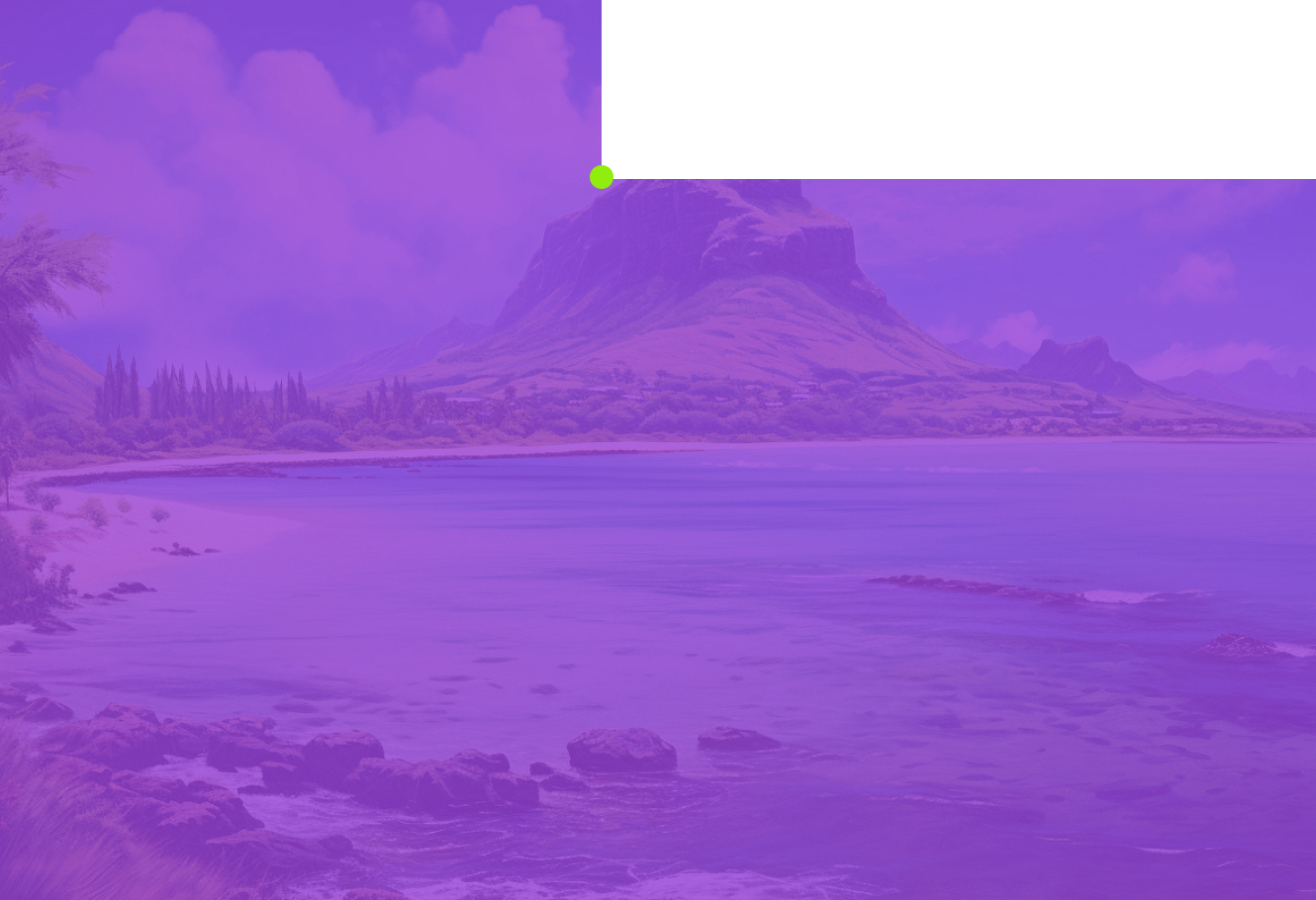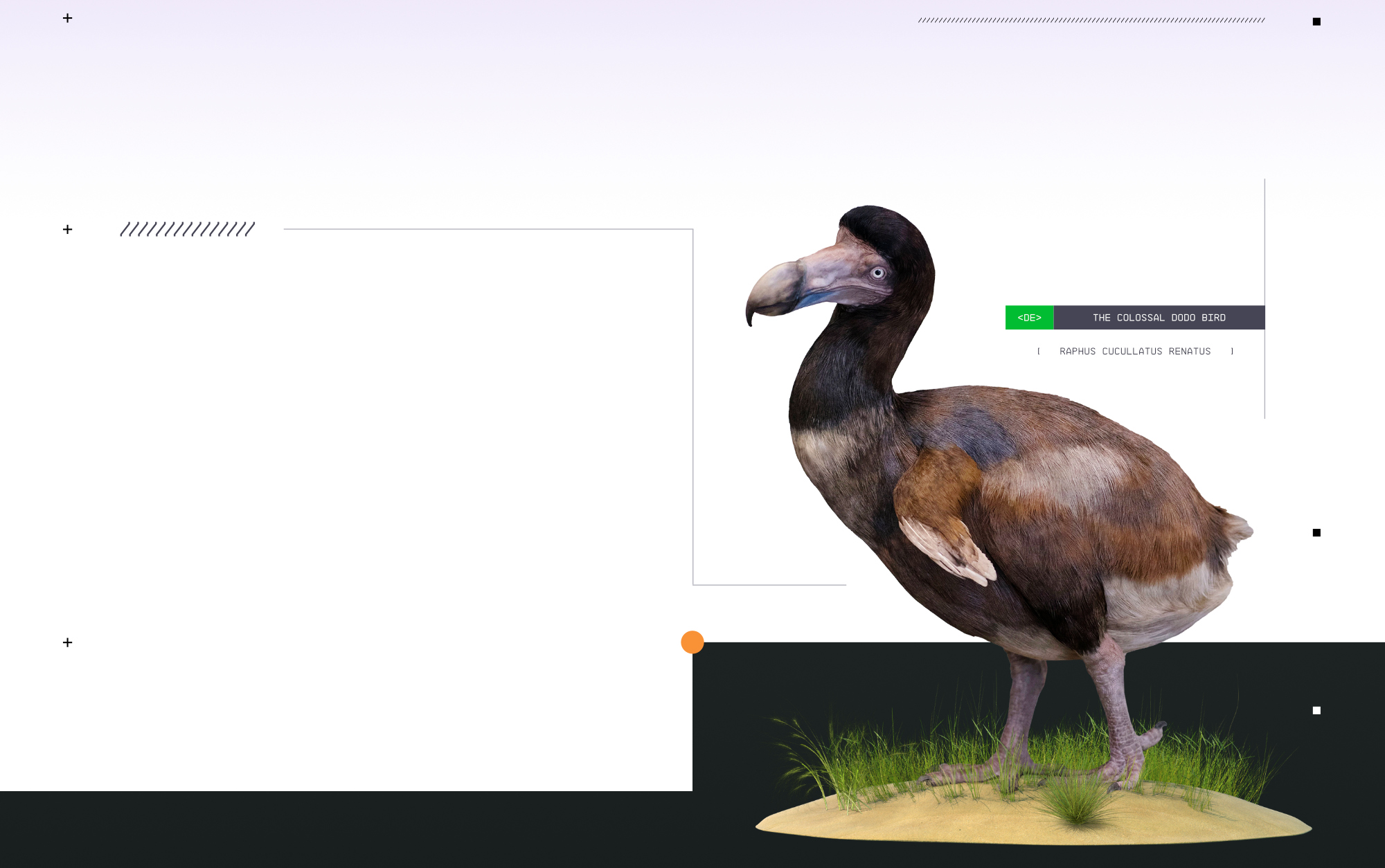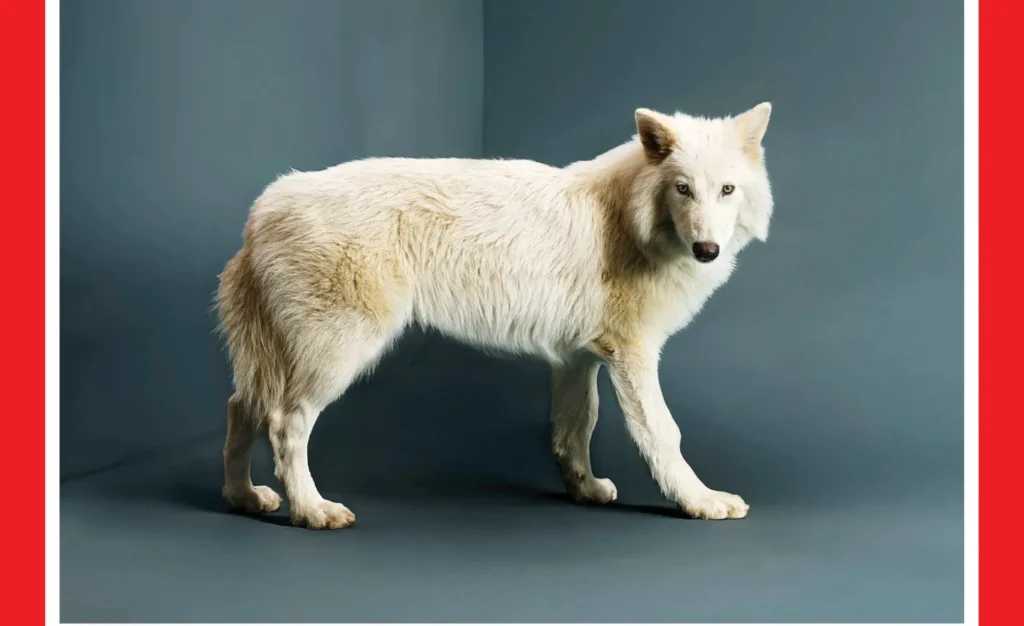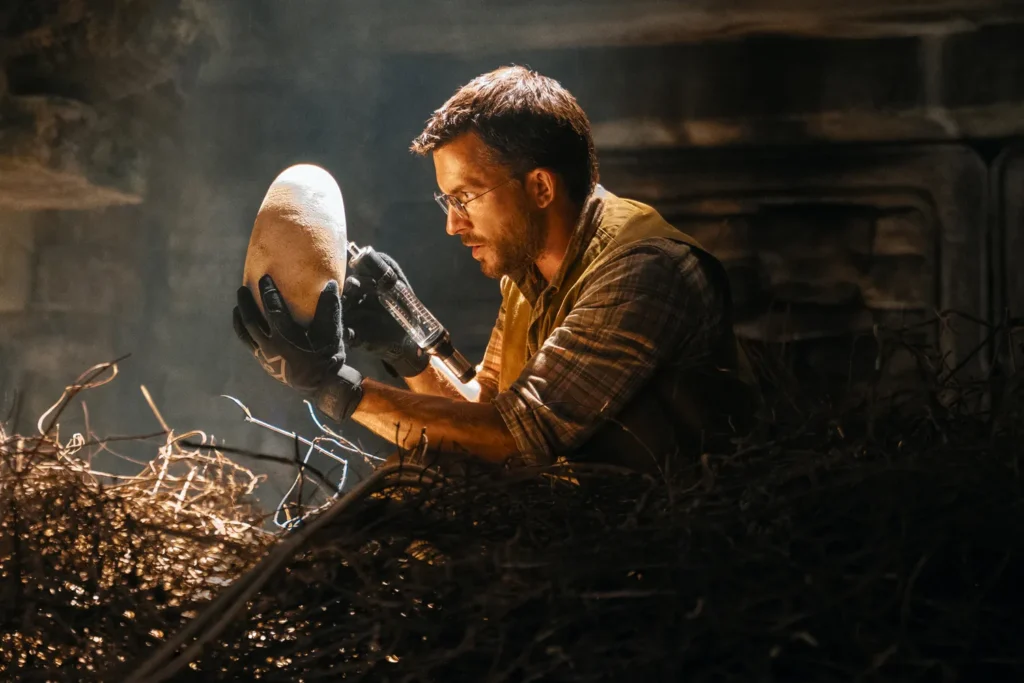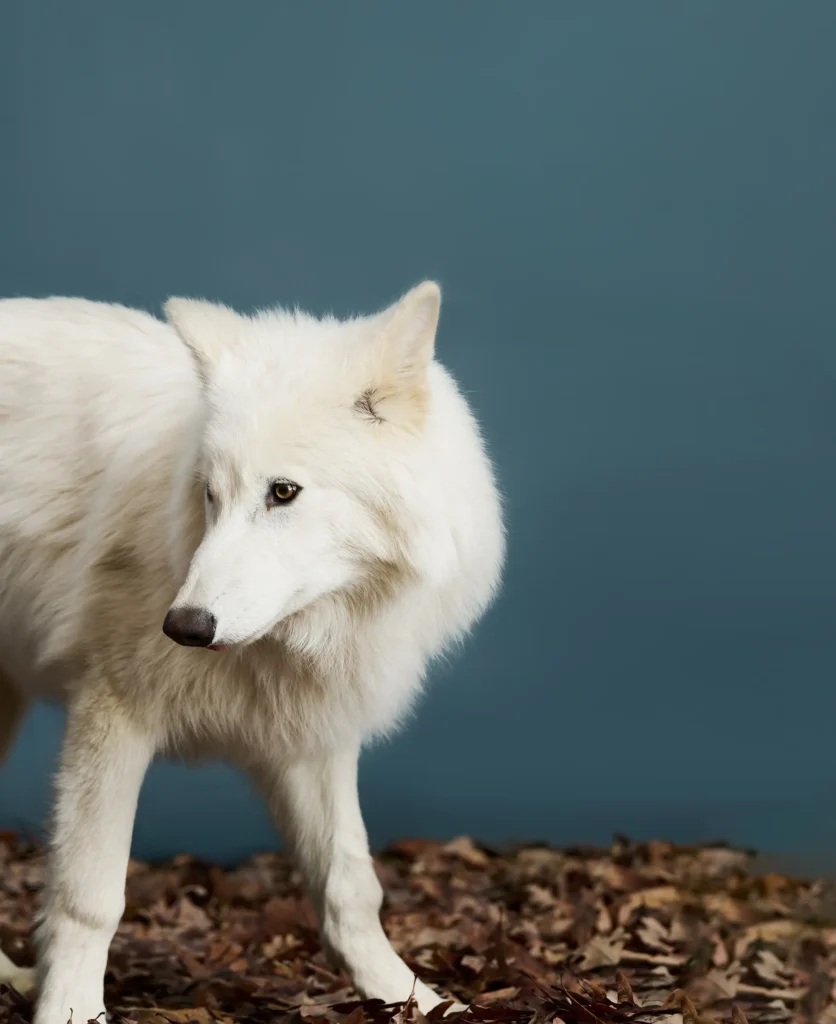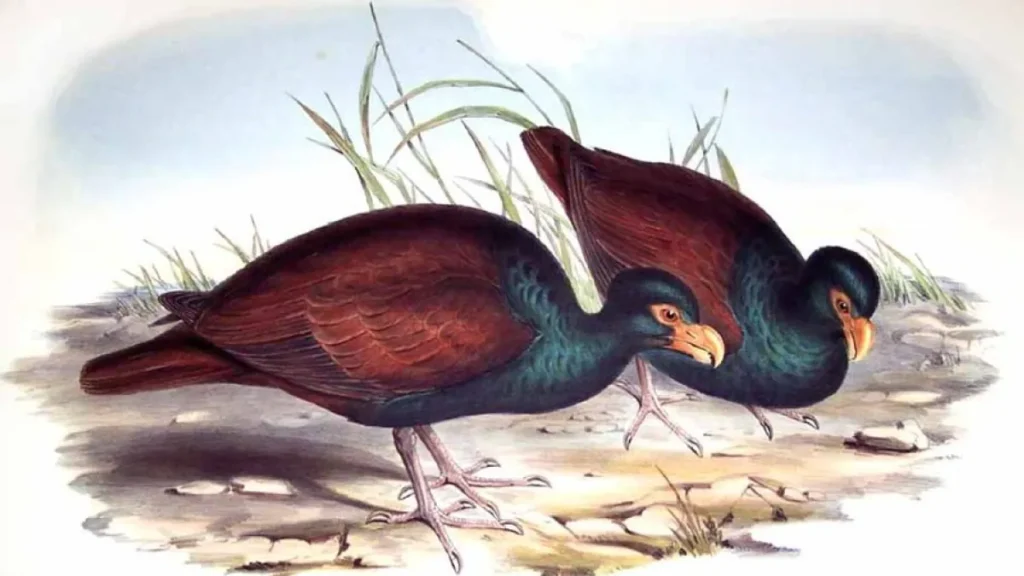 Endemics ON HIGH ALERT
Endemics ON HIGH ALERT
A harrowing look
at extinction on the
island of Mauritius
![]() Native Mauritius Species
Native Mauritius Species
![]() Are Endangered
Are Endangered
![]() Are Extinct
Are Extinct
Victim of Circumstance
Much of what we know about the dodo is still up for debate. Speculation colors the precise details of everything from diet to body mass index to closest relatives. Even paleontologists and historians, plagued by unconfirmed accounts that dispute the validity of recorded sightings, acknowledge that the date of the dodo’s discovery is as ambiguous as the date of its extinction.
However, what we do know about the dodo paints a picture of a species that’s been critically misunderstood—a bird widely considered to be so unintelligent, it’s satirically deemed responsible for its own demise. In reality, the dodo is a victim of circumstance, as multiple factors played a unique part in culling its numbers.
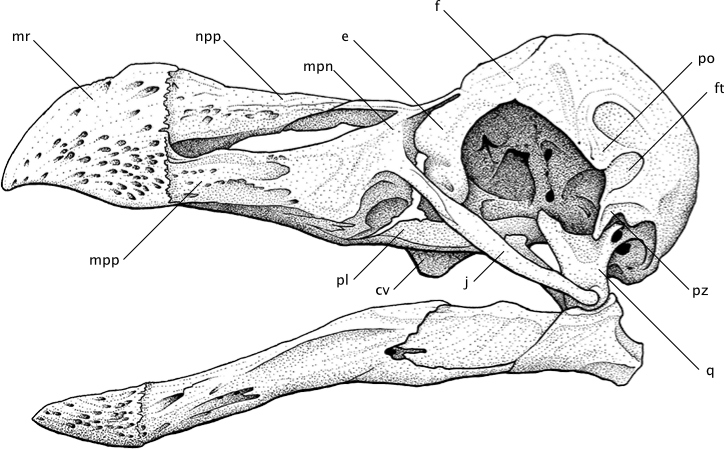
Fall of the Flightless
Contrary to popular belief, the dodo was intelligent, as evidenced by its behaviors, physical attributes and diet. All of the behaviors that earned the bird its clueless and clumsy reputation were surprisingly intentional—eating rocks to aid digestion, developing knees to help traverse uneven and rocky terrain, becoming flightless, nesting on the ground and having no biological reason to fear the humans and animals that eventually eradicated the species.
Evidence in Evolution
Their evolution is a prime example of just how vulnerable and ill-equipped the species had become. Dodos, growing larger in body and smaller in wingspan, built their nests on the ground. And in these low-lying nests, couples laid only one egg per year. Without the threat of predation, there’s no biological reason for any animal to expend energy to protect itself from predators. Plus, the dodo was anything but small—plump and clocking an impressive average height of three feet. Ultimately, the bird’s trusting nature and hearty size made the dodo—and its egg—an easy and filling meal for hungry newcomers.
Additional Stressors

The dodo’s situation was a complicated one, with no single cause for its extinction. However, some external conditions contributed to the worsening situation on Mauritius, indirectly affecting the struggling dodo population.
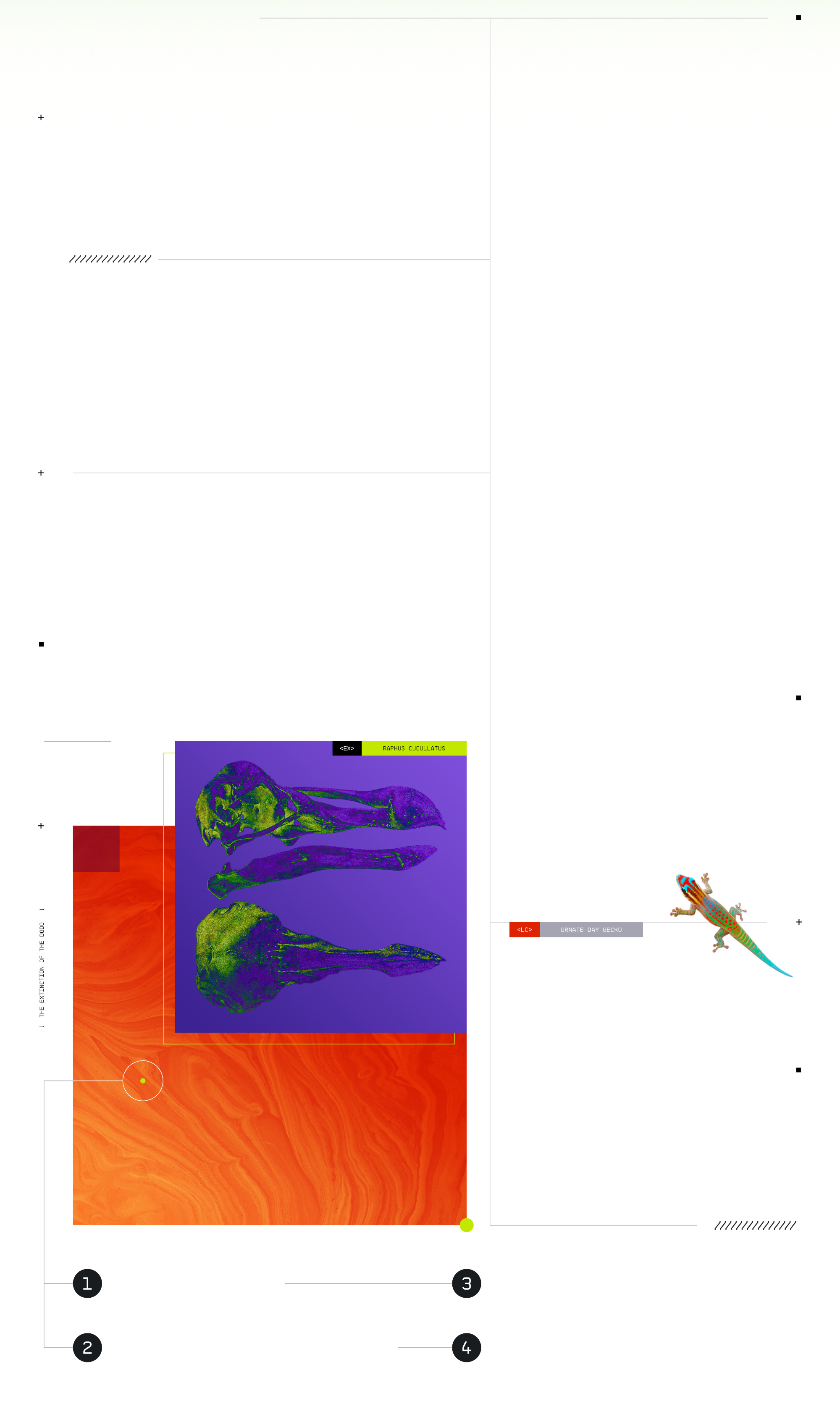







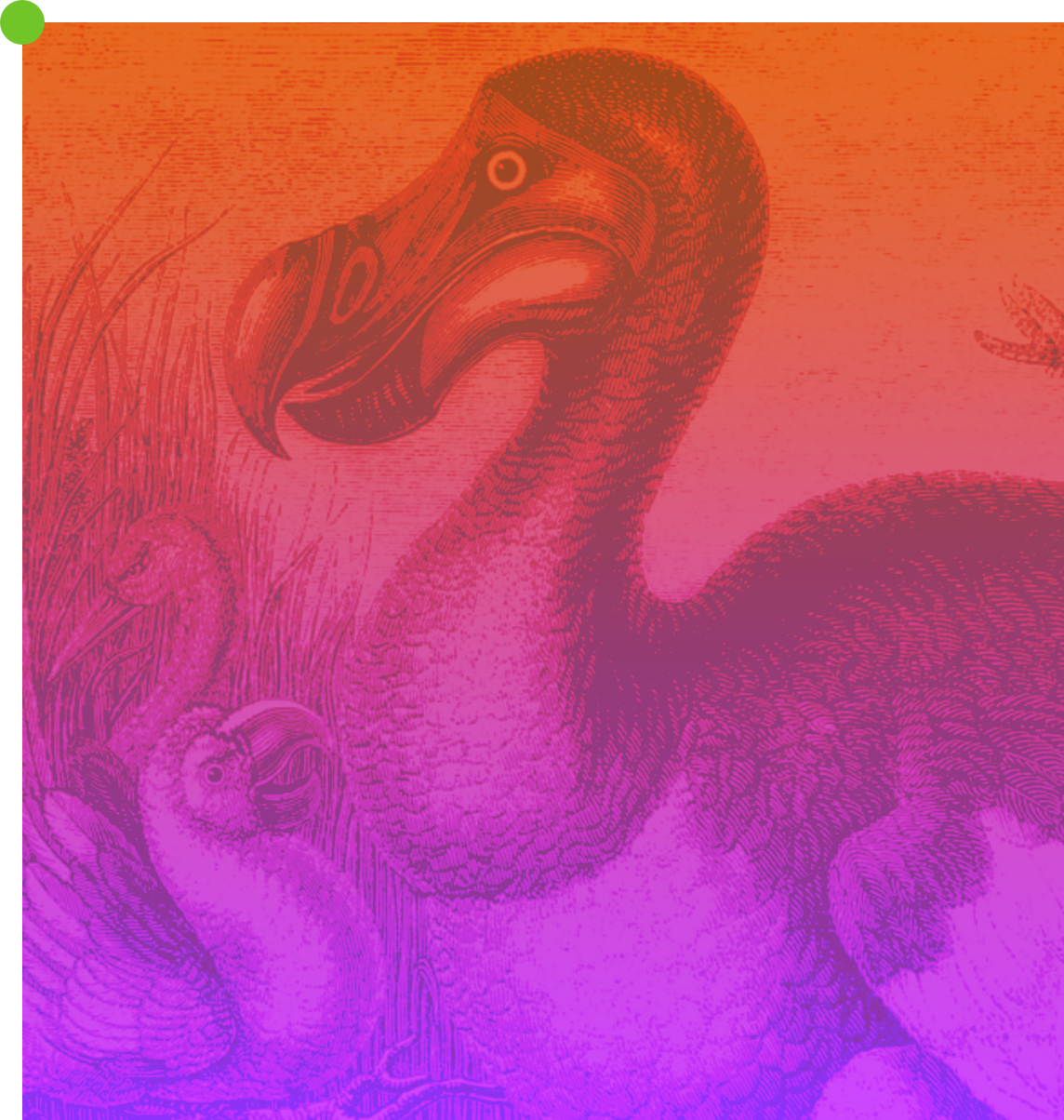






 GENOME
GENOME


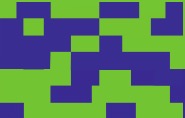



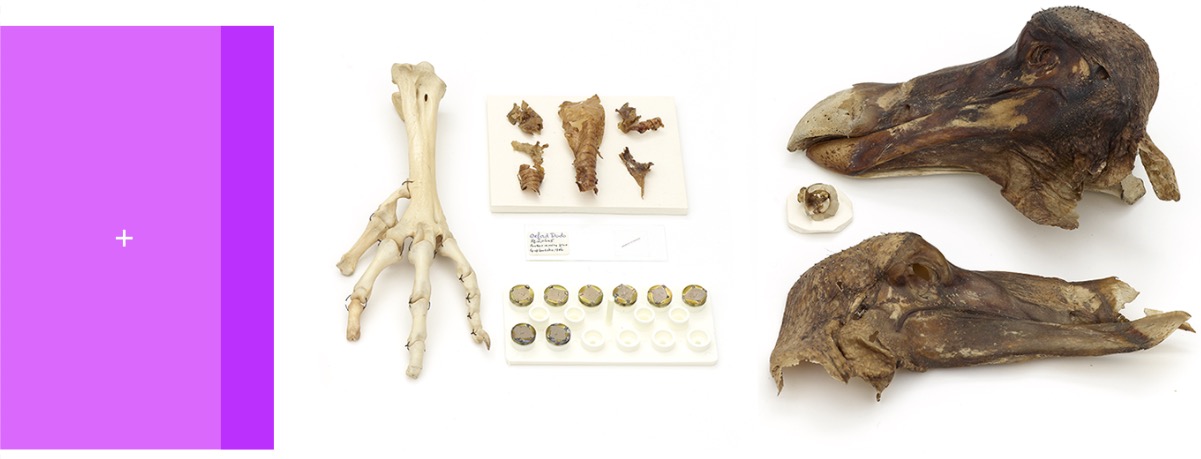
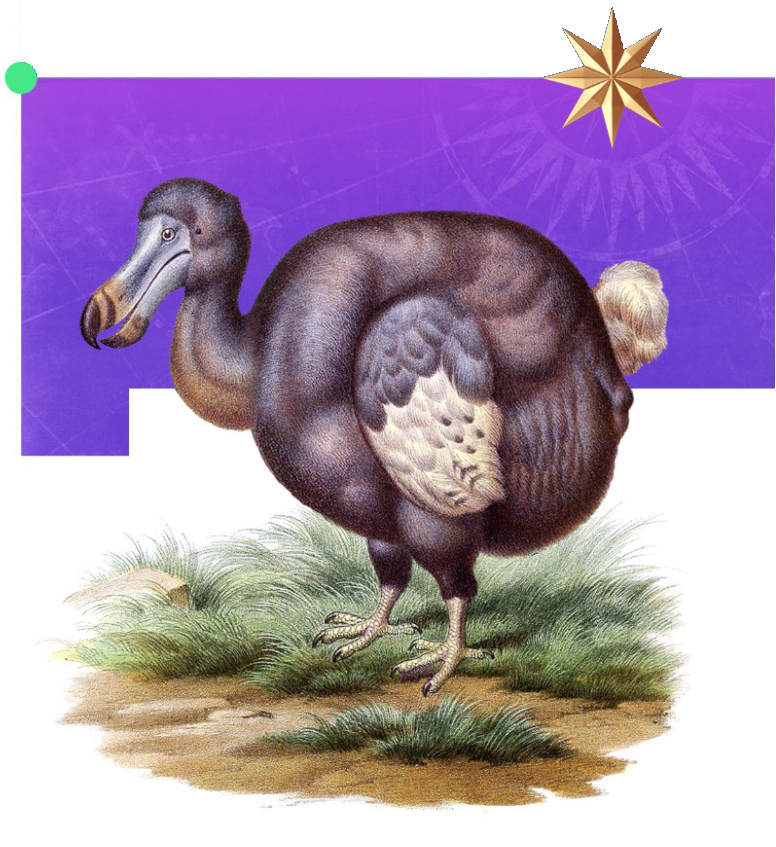
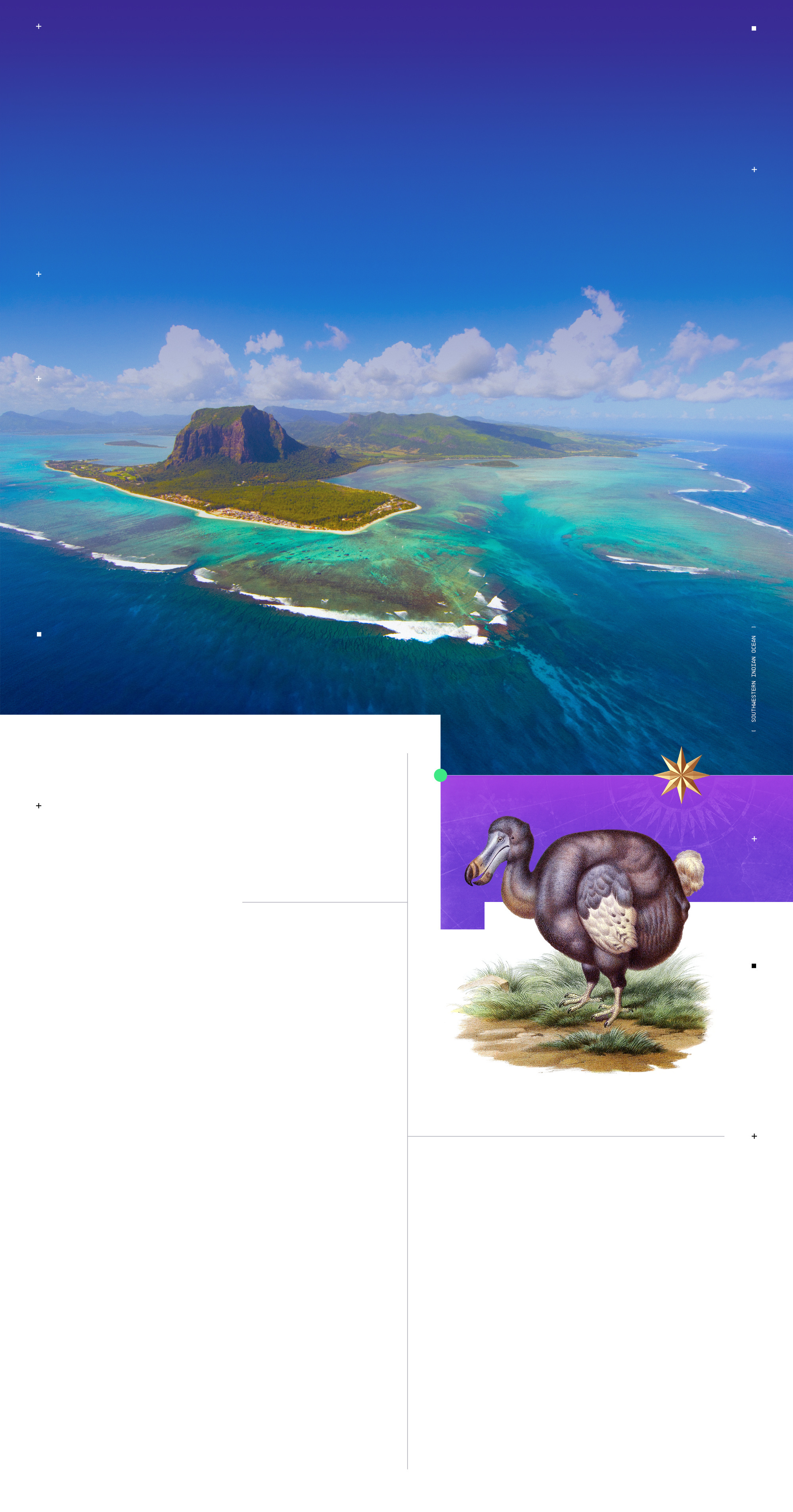







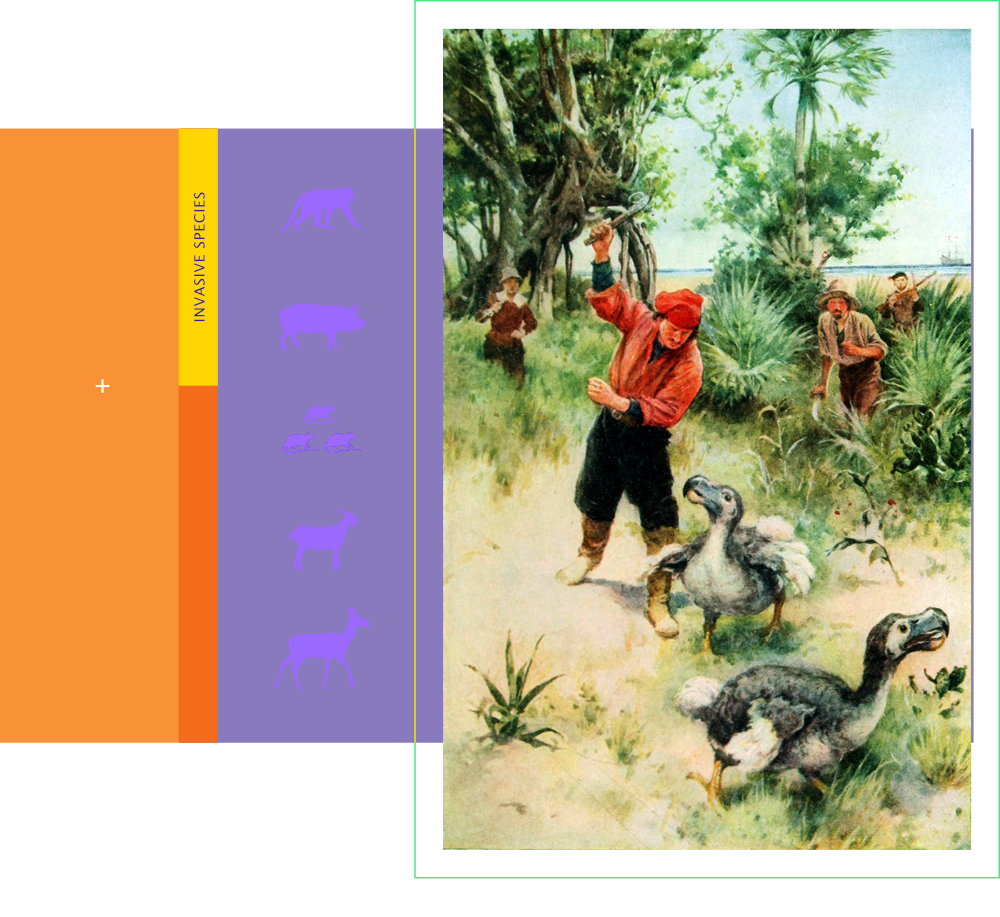
 Like all things beautiful, Mauritius had a unique magnetism that called to settlers from all corners of the world. The rising presence of man caused many plants and animals to seemingly fade into the mist. Even today, many species are still threatened and endangered due to human activity, particularly habitat destruction and the introduction of non-native species.
Like all things beautiful, Mauritius had a unique magnetism that called to settlers from all corners of the world. The rising presence of man caused many plants and animals to seemingly fade into the mist. Even today, many species are still threatened and endangered due to human activity, particularly habitat destruction and the introduction of non-native species.